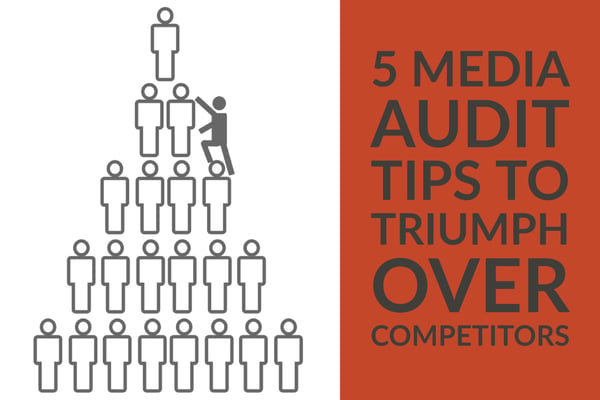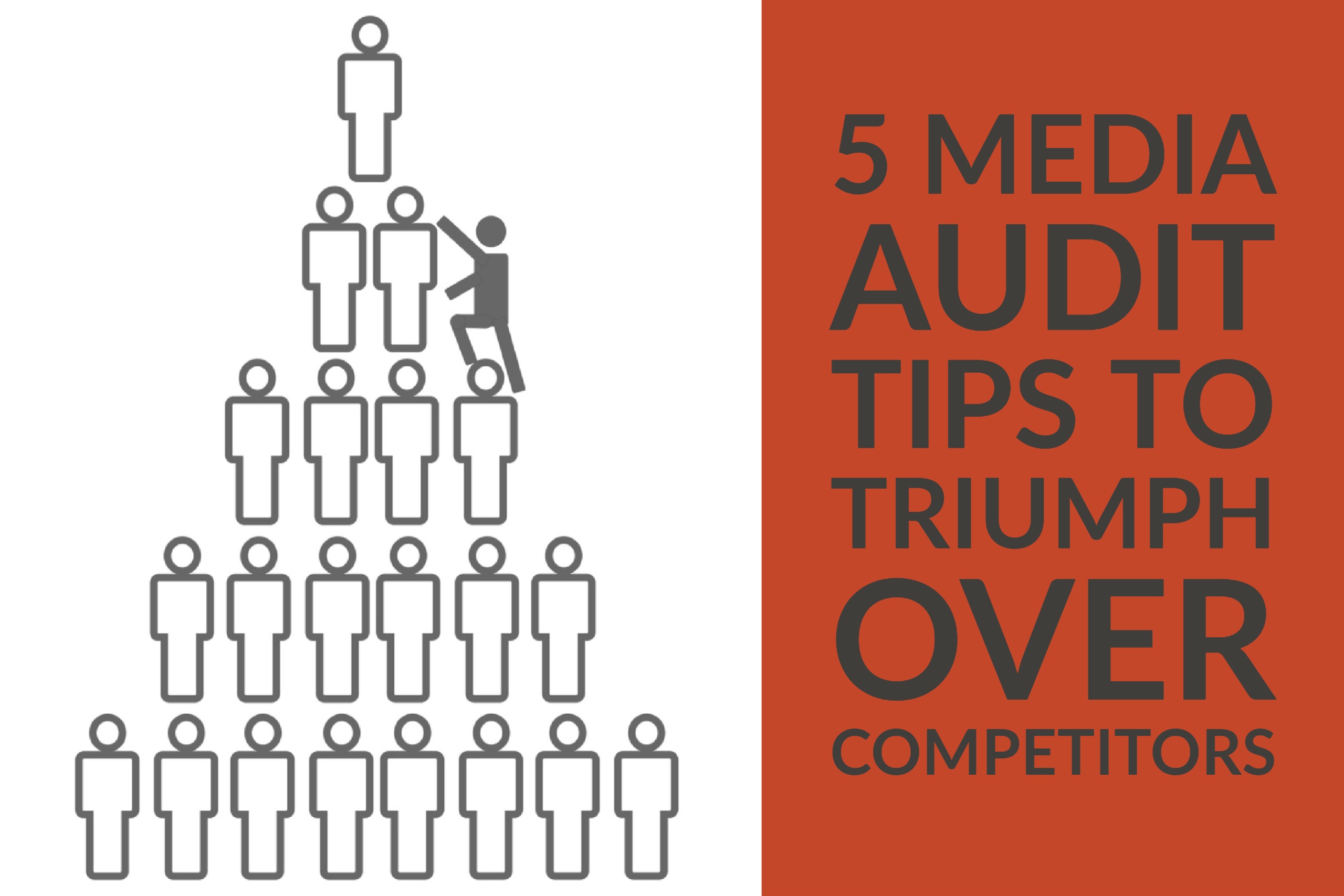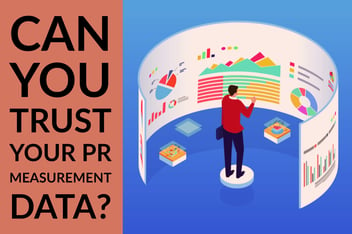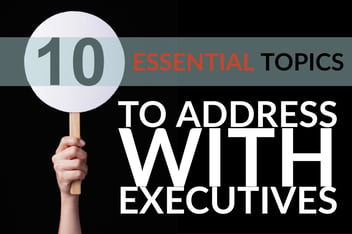How Conducting a Media Audit Can Help You Triumph Over Competitors

Every PR pro knows it: In any competitive environment you need to keep score in order to know where you stand. After all, if you don’t know whether you’re leading or falling behind, you have no opportunity to change the game plan, make substitutions, or improve your strategy – making it tough to beat the competition.
On the other hand, when you conduct a media audit, you can compare the results of your PR efforts against the success of your competitors, giving you the data you need to respond to competitive threats, identify weaknesses in your program, and make the adjustments necessary to achieve more. In business—and PR—it’s survival of the fittest, and conducting a media audit makes you a lot fitter.
The question is, what’s the best, most cost-effective way to audit your PR performance against that of your competitors? Here are five tips for determining where you stand in relation to competitors and then seizing opportunities to pull ahead:
1. Review PR goals: What does "beating the competition" mean?
To focus your efforts and use the information you collect during a media audit, you first need to know specifically what you are trying to accomplish. Review PR and business goals to make sure you have a clear understanding of what “being more competitive” really means in terms of your company’s particular goals and objectives.
Do you want to increase your media coverage to put your brand’s awareness more on par with your competitors? Are you trying to break into a new market and wanting to steal market share from more established competitors? Are you currently #2 in terms of sales but looking to become the sales leader for a certain product or industry?
Your goals will determine what you need to analyze. And more importantly, once you’ve collected data and analyzed it to gain program insights, your goals will provide focus for applying those insights to your PR strategy.
2. Collect and compare media coverage: Tie PR goals to business goals
After reviewing PR goals, you are ready to start collecting data for you and your competitors. Remember, you’re trying to capture information that ties to both PR goals and business objectives – that way your data will be relevant and useful.
Collect and compare current coverage data along with past data. This will give you an idea of where you came from and what direction PR is driving your business in relation to the competition. Try looking at news coverage, product reviews, analyst quotes, and more to help you evaluate your relationships with your competitors. (Check this blog post: A Dozen Items Every Media Audit Should Include)
3. Analyze results and look for opportunities to pull ahead
When you evaluate media coverage, look for insights that will help you improve your PR efforts and strategy in order to outdo your competitors. Some things you may want to look at are:
-
Who is earning more media coverage: you or your competitors?
-
How does the quality of your coverage compare to that of your competitors?
-
What publications or reporters are covering your competitors but not you?
-
What sort of visibility do your executives have compared to competitor execs?
-
Is your message getting through to your intended audience, or are competitors drowning out your voice?
-
Is there a topic or area of your industry that lacks a leadership voice – is there an opportunity for you to fill the silence?
These examples are a jumping off point and can help you get started. Remember, you are searching for goal-specific insights, and since PR goals and business goals are likely different, you need to be sure to address both.
As you analyze your results and answer performance questions like the ones above, you can begin to draw conclusions about where your program needs to be improved or adjusted, and where opportunities exist so you can meet or surpass competitors.
4. Respond with targeted, competitive strategic recommendations
Once you’ve thoroughly analyzed data and come to conclusions about your program, you are ready to use your data to develop a plan for beating your competitors. The opportunities and weaknesses you identified need to be the focus of your future strategy and PR efforts.
For example, if competitors are earning more or better coverage, you can adjust your strategy and ramp up outreach efforts to target publications or journalists where you aren’t getting the coverage you desire. Or, if you recognize that your executives don’t have the same visibility as the competition, you can increase executive coaching to improve the quality and quantity of your executive quotes. You can even use what you’ve learned to help executives and company representatives improve message delivery to provide more depth to the industry conversation, speak more appropriately to the market, or hit on current trends.
5. No complacency: Constantly evaluate your progress in relation to competitors
Of course, as you make changes and adjustments to your PR strategy, regular media analysis will help you recognize where you are leading competitors and closing the gaps. They will help you determine which PR initiatives are working, and which ones still need attention.
As new players enter the market be sure you monitor their impact on both you and your competitors. Continue to track industry leaders and learn from their successes. This is an unending process that will help you adapt to changes, grow and continually improve your PR program.
Planning tomorrow’s strategies begins with knowing where you stand today. That includes having a firm grasp on your company’s current media presence and public relations effectiveness. Download our Media, Messaging and Marketing Audits Case Study to learn how top companies in a variety of industries have used media audits to create benchmarks, address weaknesses and plot strategies for upcoming campaigns.
-1.png?width=1652&height=294&name=Jones(RGB)-1.png)












